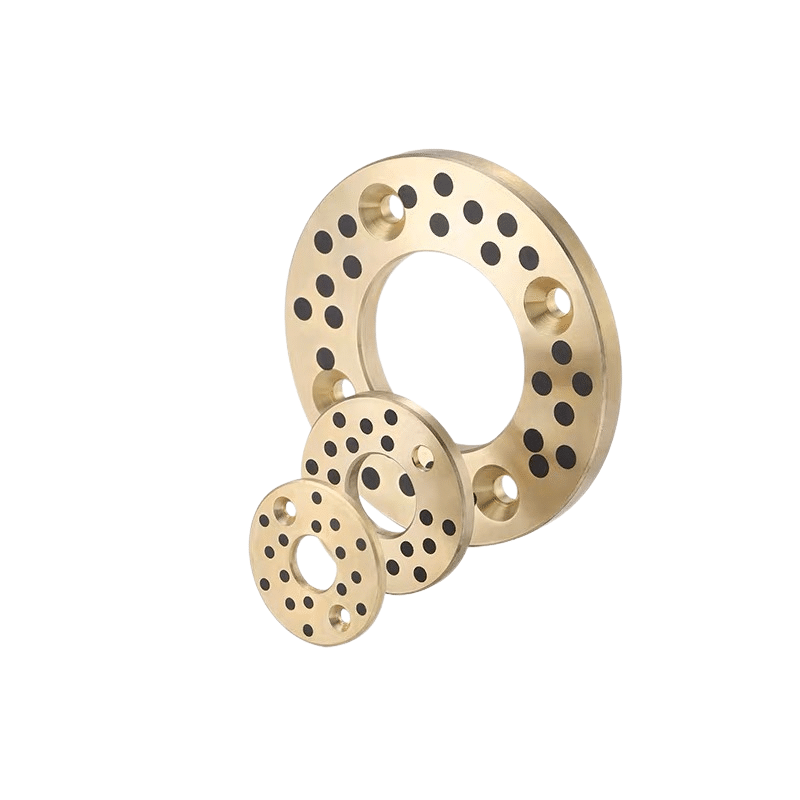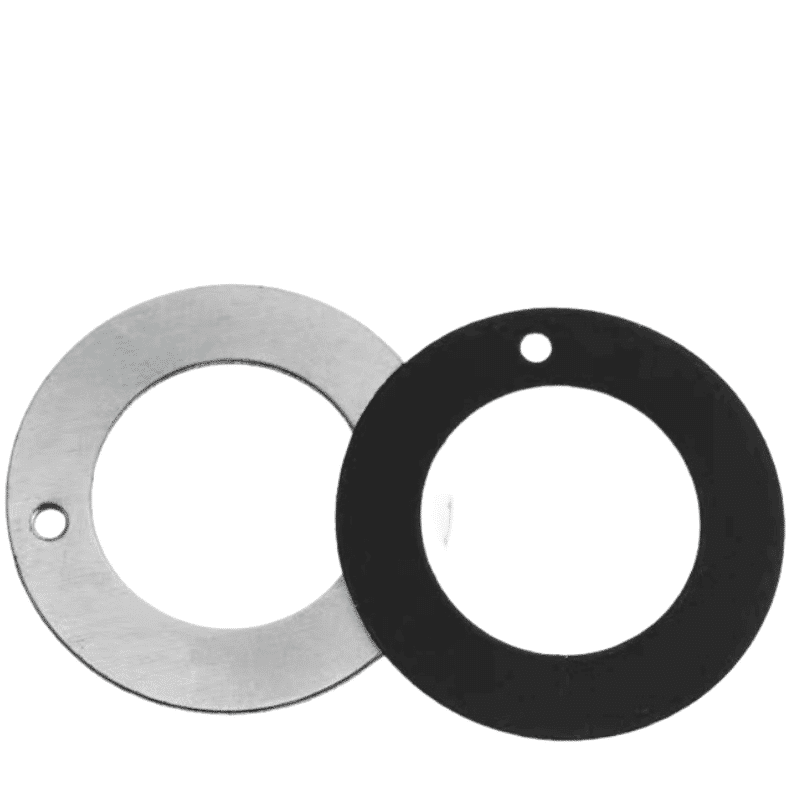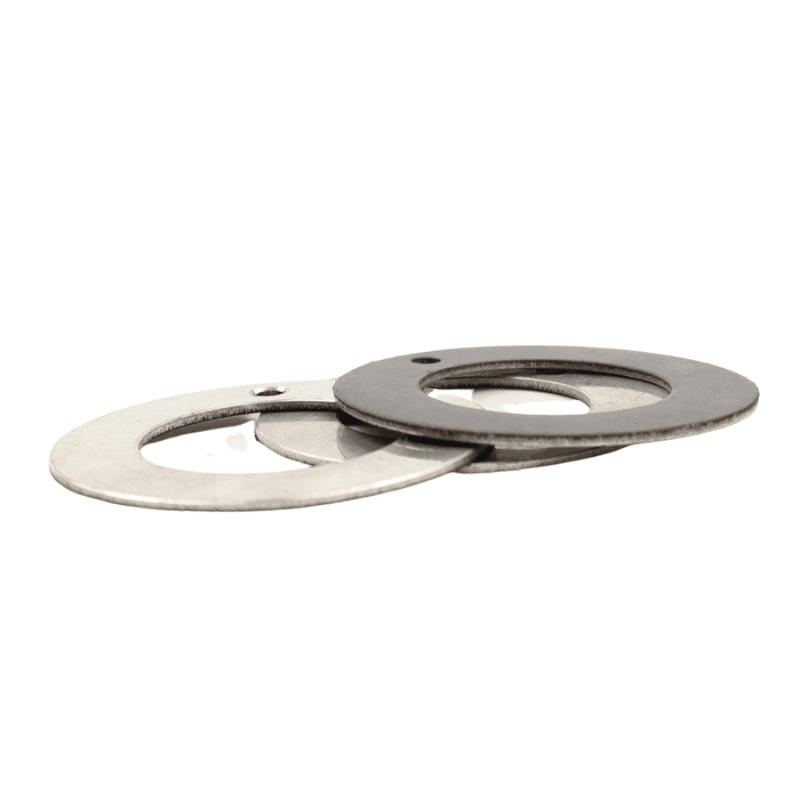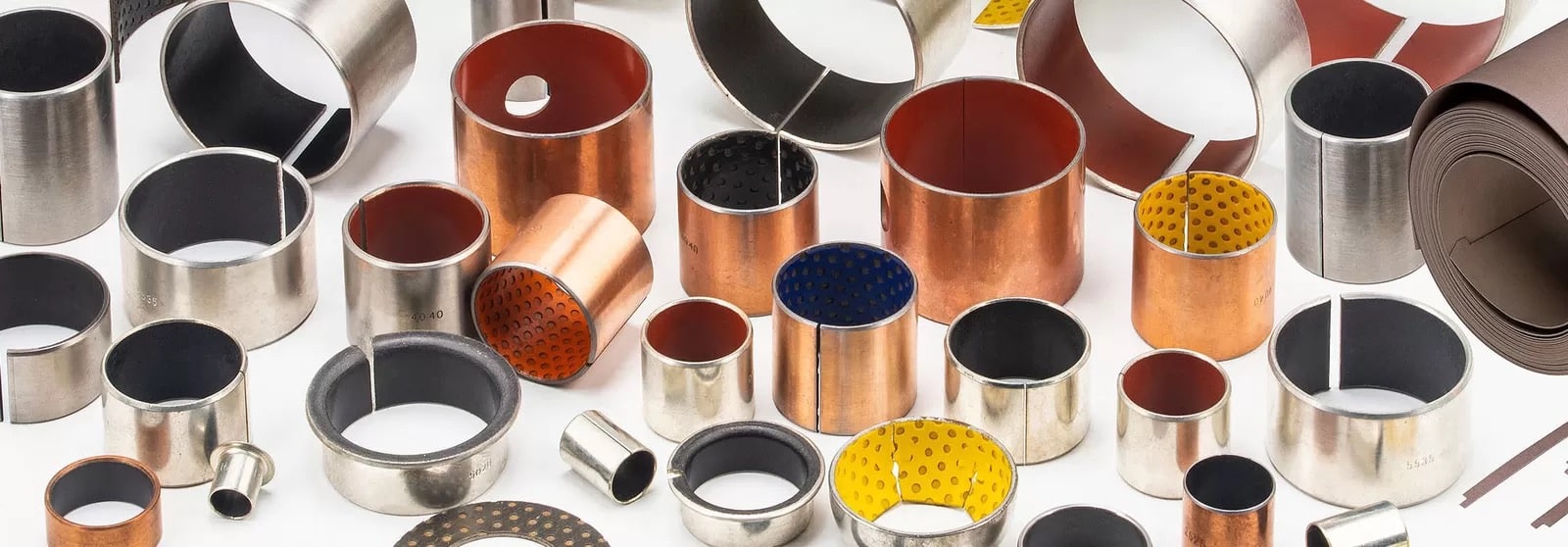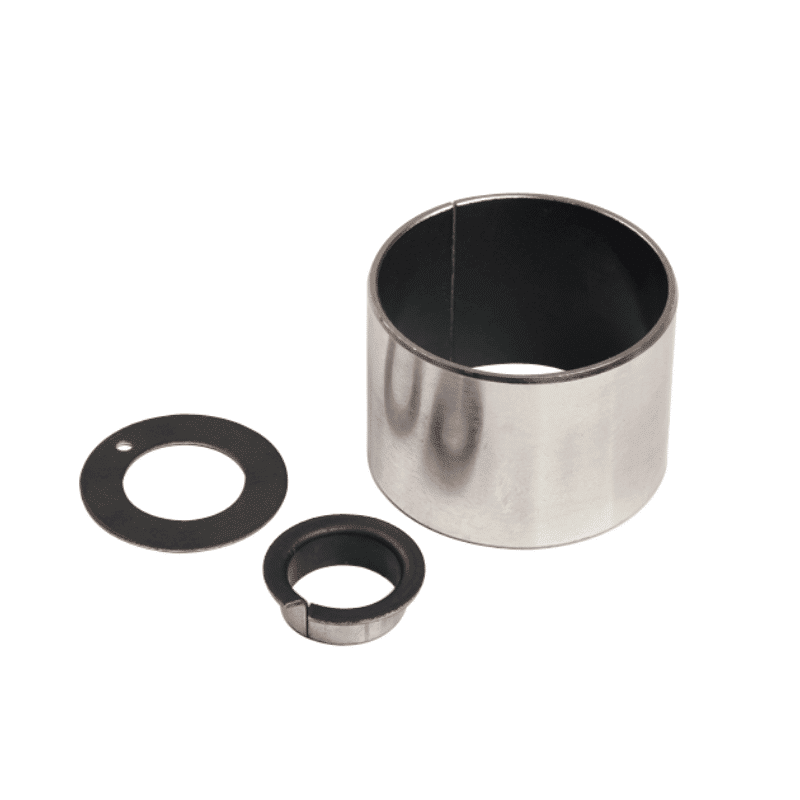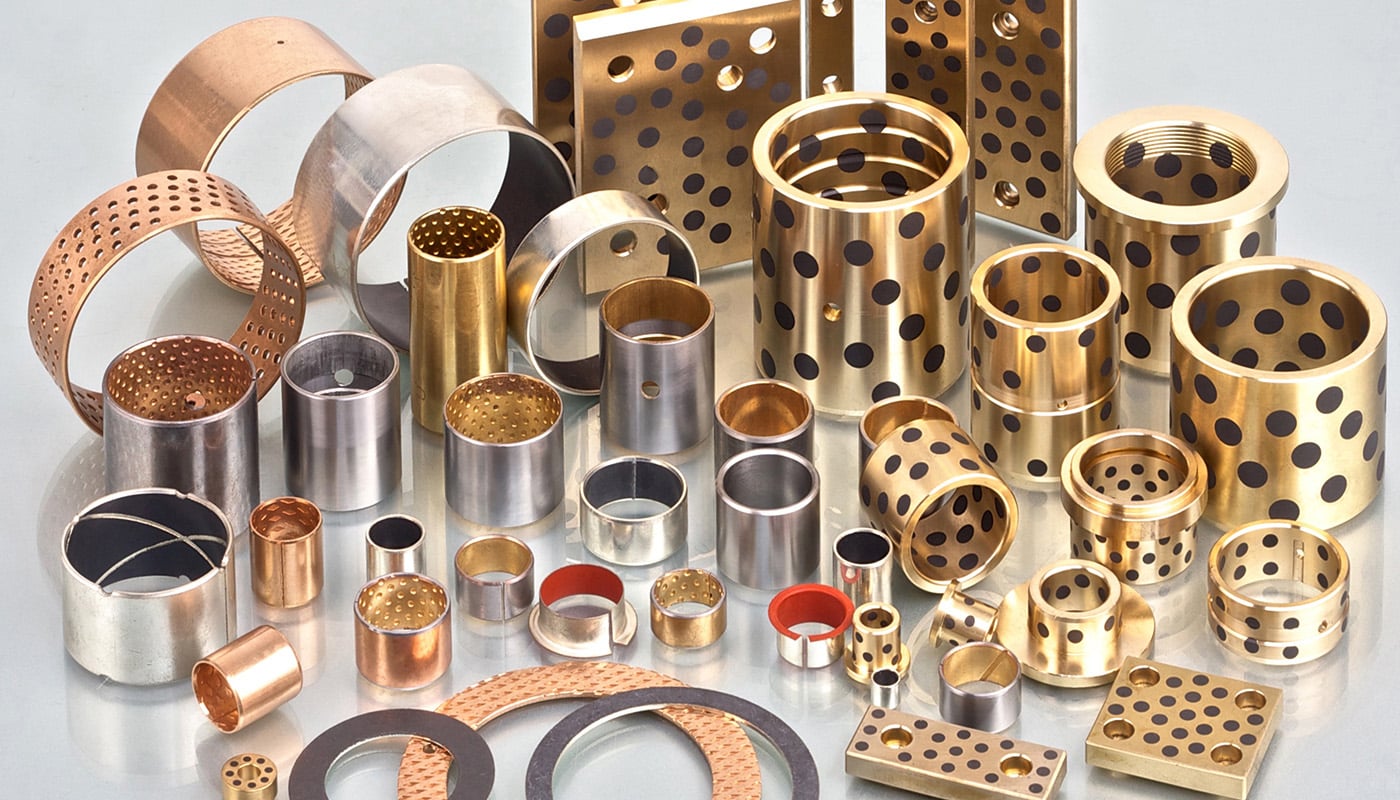axial vs radial
Bearings and Bushings for the Future: Precision and Customization: Our company, in bearing engineering with decades of experience, designs and develops high-precision self-lubricating bronze bearings & plain bushes. We offer a wide array of sliding bearings tailored to meet specific needs. Renowned for our expertise in custom bronze bushing and slide plate solutions, we provide an expansive selection of bushing metal alloys. Contact us today to benefit from unparalleled services at competitive prices.
axial vs radial
axial vs radial
What are radial and axial plain bearings?
Maintenance-free plain bearings supplier
Efficient Production & Fast Delivery
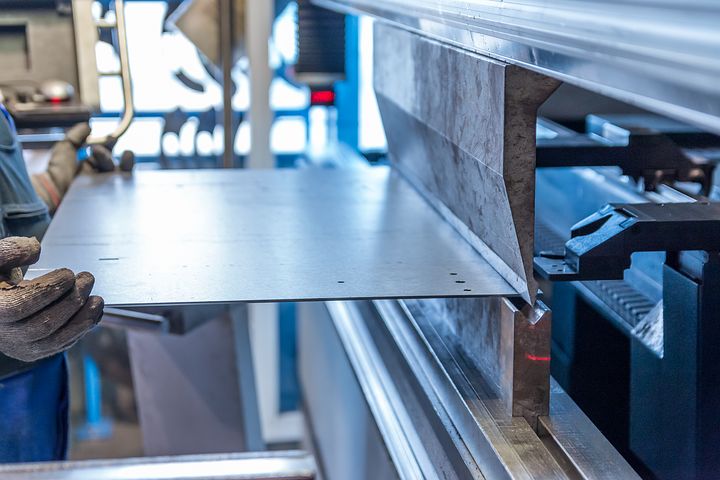
Thrust Bearing Factory, Self lubricating Bushings – Request a free quote
Self-lubricating Plain Bearing Bushing – Extreme Stable and Durable
What are radial and axial bearings? Thrust bearings are used to carry axial loads. They are also called axial bearings. Similar to radial bearings, thrust bearings contain two races, a set of rolling elements, and a cage that holds the rolling elements. The main difference between axial (thrust) and radial bearings is the arrangement of the bearing races. In an axial bearing, two races are arranged side by side in parallel along the axial direction. The rolling elements are sandwiched between the two races. According to the geometry of the rolling elements, thrust bearings are divided into thrust ball bearings, thrust roller bearings and thrust needle roller bearings.
Thrust Washer Bearing – Custom Size Options
Custom Axial Bearing Solution- Plain Bearing, Axial Load Rating, We Have The Heavy
Equipment Part You Need!
Thrust bearings are generally composed of two thrust washers or more thrust washers and several rolling elements. Generally, thrust washers are divided into shaft sheets and seat sheets. The most common types of rolling elements are iron or copper. The mass cage is combined into a whole. The most common type of bearing is a steel ball thrust bearing. Thrust bearings are designed and used to carry axial loads. They are also called axial bearings. These bearings include thrust ball bearings, thrust cylindrical roller bearings, thrust needle roller bearings, thrust tapered roller bearings and thrust spherical roller bearings.
Bushings & Plain Bearings – Types of Bushings
Metallic bushing materials consist of high strength steel backing embedded with solid lubricants.
Special Metal Alloys – Thrust Plain Bearings, We manufacture radial-axial plain bearing bushing tailored to your individual needs.
Metal Bushes Selection
Special Metal Alloys, Stainless Steel Bushing & Bearing Made for Your Industry, Key Features and Benefits:
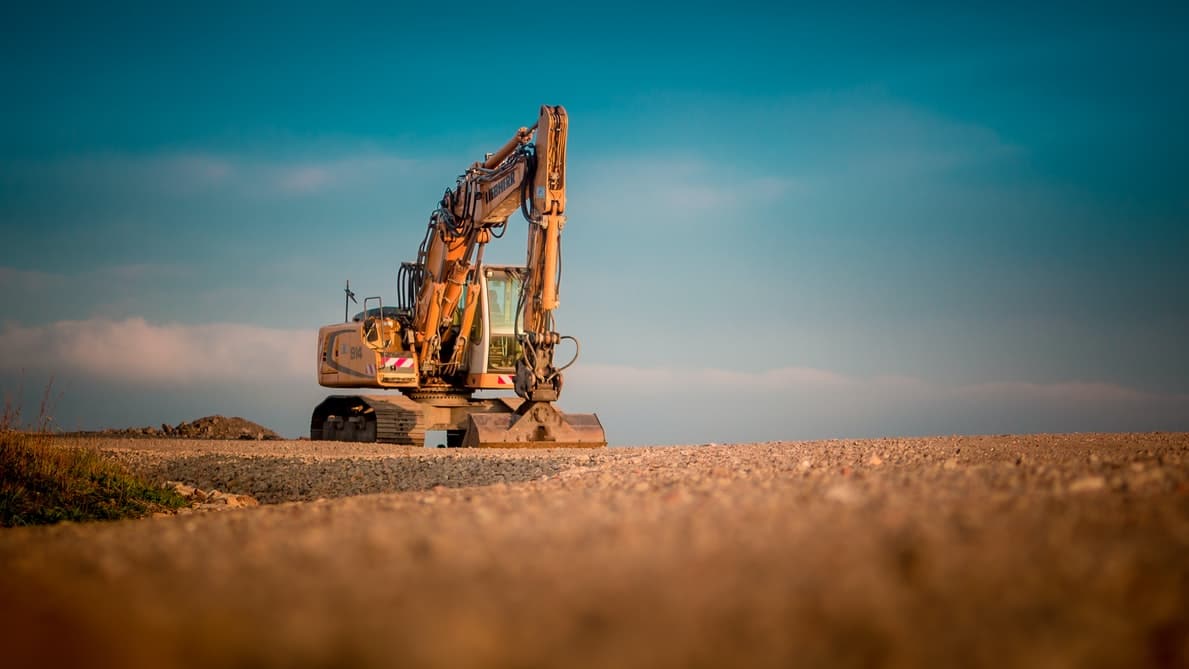
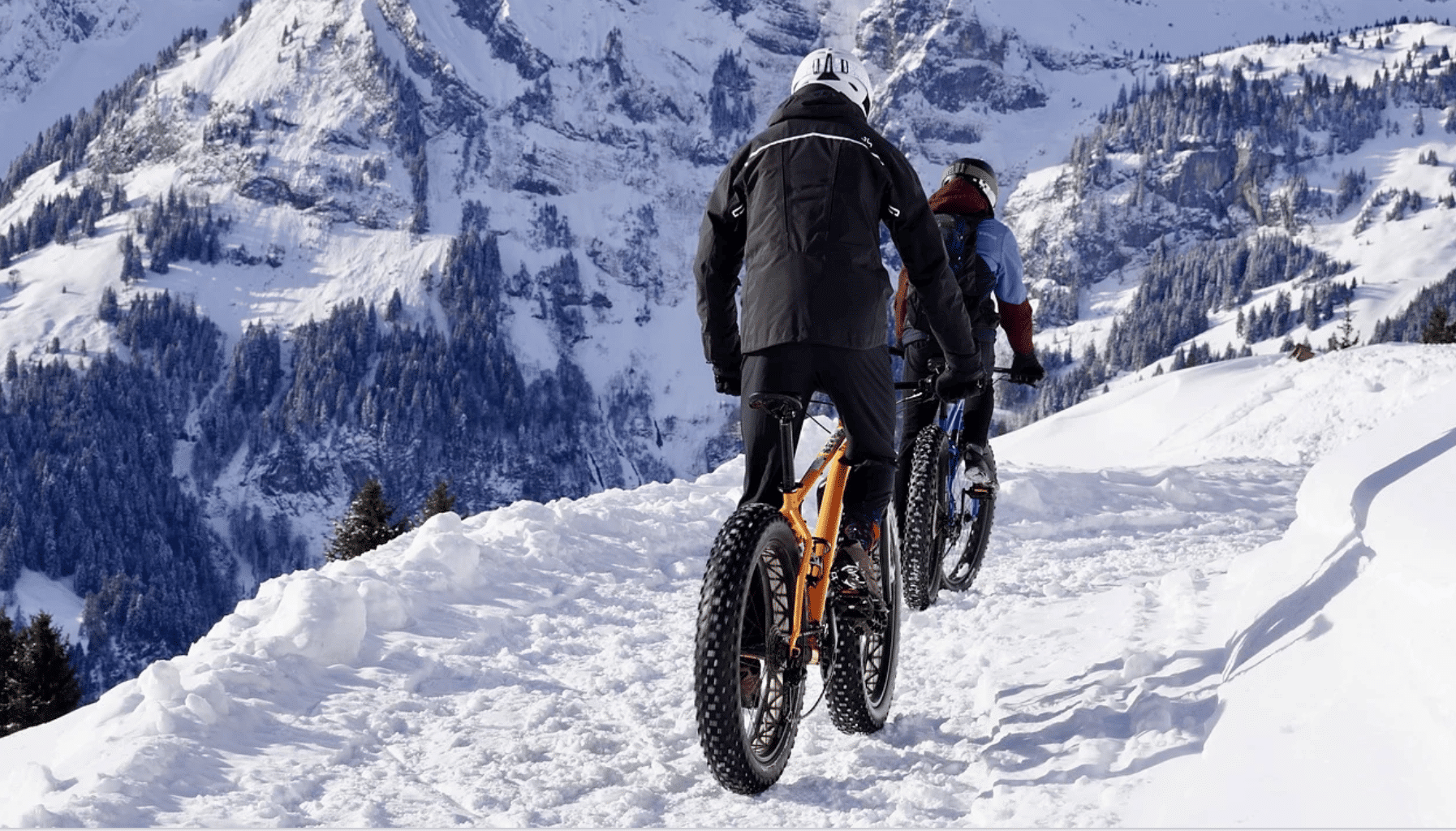
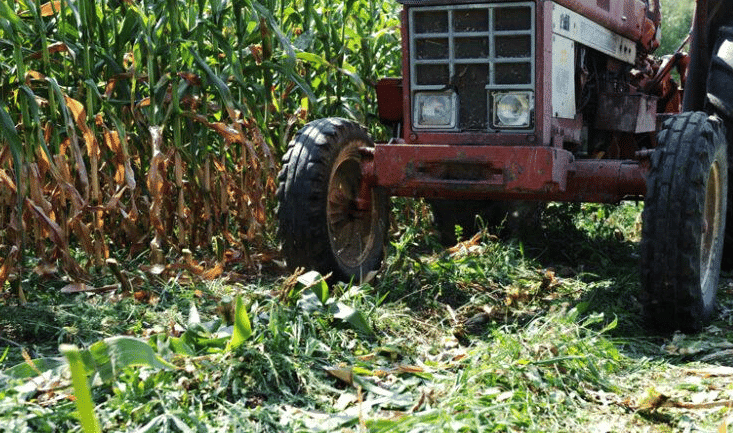
Radial vs. Axial Plain Bearings: A Comprehensive Guide
In the vast domain of machinery and mechanical systems, bearings play a pivotal role, ensuring smooth motion and reduced friction. Among the many types of bearings available, radial and axial plain bearings are often discussed due to their specific applications and benefits. In this guide, we’ll delve into the distinctions between these two and the importance of sourcing them from a reputable supplier.
1. What are Radial and Axial Plain Bearings?
Plain bearings, also known as bushings, are simple mechanisms that support motion and reduce friction between moving parts without rolling elements.
-
Radial Plain Bearings: These are designed primarily to support forces or loads perpendicular to the shaft’s axis. Essentially, the load is applied radially with respect to the bearing. Common applications include supporting rotating shafts in motors or gearboxes.
-
Axial Plain Bearings: Also known as thrust bearings, axial plain bearings are designed to support forces or loads along the shaft’s axis. In other words, the load is applied axially. They are typically used in applications where there’s a need to control axial play, like in screw-driven actuators.
2. Key Differences Between Radial and Axial Plain Bearings:
-
Direction of Load: The most fundamental difference is the direction in which they can carry the load. Radial bearings handle loads that are perpendicular to the shaft, while axial bearings manage loads parallel to the shaft.
-
Design and Shape: Radial bearings are usually cylindrical, allowing them to handle radial loads from all directions. In contrast, axial bearings are generally flat and are designed to handle thrust in one direction.
-
Applications: While both types of bearings can be found in various machinery, radial bearings are more common in rotary applications where the primary load is perpendicular to the shaft, such as electric motors. Axial bearings, on the other hand, are prevalent in applications like vertical pumps where the primary concern is the axial thrust.
3. Maintenance-free Plain Bearings Supplier:
While traditional bearings require periodic lubrication to function efficiently, maintenance-free plain bearings are designed to operate without additional lubrication. This not only reduces maintenance efforts but also extends the bearing’s lifespan. When sourcing these bearings:
-
Efficient Production & Fast Delivery: Partnering with a supplier that guarantees efficient production processes ensures that you get high-quality bearings on time. Fast delivery means reduced downtime in industrial applications, translating to increased productivity.
-
Reputation Matters: Always source from a reputable supplier. A track record of reliability and quality assurance ensures that the bearings will stand up to the demands of their intended application.
4. Conclusion:
Understanding the differences between radial and axial plain bearings is crucial for anyone involved in machinery design or maintenance. By choosing the right type of bearing and sourcing them from a trustworthy, efficient supplier, you ensure the longevity and efficiency of your mechanical systems.
Note: For specific applications, always consult with industry experts or bearing suppliers to ensure the optimal selection.
Radial-Axial Plain Bearing Bushing: An Overview
In the intricate world of mechanical engineering, bearings form the linchpin of countless systems. Among them, the radial-axial plain bearing bushing stands out for its multifaceted capabilities, accommodating both rotational and axial loads. Let’s dive deep into this unique bearing.
1. Understanding the Radial-Axial Plain Bearing Bushing:
The radial-axial plain bearing bushing is a cylindrical metal sleeve, typically lined with a friction-reducing material like graphite or PTFE (polytetrafluoroethylene). This design enables it to support both radial (perpendicular to the axis of rotation) and axial (parallel to the axis of rotation) loads without the involved parts physically contacting one another.
2. Key Features:
-
Versatility: Suitable for applications with high loads, speeds, or temperatures.
-
Durability: Known for its long lifespan and robustness.
-
Maintenance-Free: Requires minimal upkeep, ensuring operational efficiency.
3. Applications Across Industries:
From the automotive to aerospace and marine sectors, these bearings find utility wherever there’s a need to accommodate both radial and axial loads. Their adaptability and resilience make them a preferred choice in diverse industrial applications.
4. Radial vs. Axial Bearing:
-
Axial Bearings (Thrust Bearings): Specifically designed to handle axial loads, they ensure the force runs parallel to the shaft’s rotation axis. Notably, some ceramic bearings, a variant of radial bearings, cater to high rotational speeds due to their lightweight ceramic rolling elements.
-
Radial Bearings: These are tailored to manage loads acting at right angles to the shaft.
5. Radial Axial Dry Slide Bearing Bushing:
This self-lubricating or maintenance-free variant doesn’t demand traditional lubrication. Employing solid lubricants like PTFE or graphite, it offers friction reduction and wear resistance, making it ideal for sectors like food processing or pharmaceuticals where lubricant contamination is unacceptable.
6. Comprehensive Catalogue on Maintenance-Free Plain Bearings:
For those seeking detailed insights, our catalogue delves deep into the world of maintenance-free plain bearings. Pioneering materials, including PTFE, graphite, and metal-polymer composites, are highlighted, offering bearings with minimal friction and extended life cycles.
Our bearings, especially the Metal-Polymer Flanged Bearings, are ideal for high radial loads with potential light axial loads. For heavier axial demands, our specialized thrust bearings come into play.
For further insights, our sliding bushing catalog provides a broader perspective on the diverse range of bearings on offer.
7. Conclusion:
The radial-axial plain bearing bushing is more than just a mechanical component; it’s a marvel of engineering, designed to offer efficiency, durability, and versatility across myriad applications. Whether you’re in aerospace, automotive, or any sector in between, these bearings might be the perfect fit for your needs.
Note: For specialized applications, always consult with bearing experts or manufacturers to ensure optimal performance and longevity.
Radial vs. Axial Plain Thrust Bearings: A Comprehensive Overview
Bearings, a crucial component in numerous mechanical systems, come in various forms to cater to different load requirements. When it comes to managing axial loads, thrust bearings, whether ball or roller types, are the go-to choice. Let’s dive deep into understanding the nuances of these bearings.
1. Thrust Ball Bearings:
-
Definition: Thrust ball bearings are separable bearings. This means that components like the shaft washer, seat washer, cage, and steel balls can be disassembled from each other.
-
Functionality: These bearings are exclusively designed to handle axial loads. While one-way thrust ball bearings manage axial load in one direction, two-way thrust ball bearings can bear axial loads in both directions.
-
Limitations: They cannot restrict the radial displacement of the shaft, and their speed limit is considerably low. However, they can limit axial displacement in either one or both directions, depending on whether they’re one-way or two-way.
2. Thrust Roller Bearings:
-
Definition: Thrust roller bearings are designed to bear combined axial and radial loads, but the radial load should not exceed 55% of the axial load.
-
Advantages: These bearings offer a lower friction factor, higher speeds, and self-aligning capabilities. The 29000 type bearings, in particular, come with asymmetric spherical rollers that minimize relative sliding during operation. This design, combined with the large diameter and number of rollers, ensures a high load capacity. Typically, these bearings employ oil lubrication, but in some low-speed scenarios, grease lubrication might be used.
-
Types: The 80000 type thrust cylindrical roller bearing and the 90000 type thrust tapered roller bearing can bear one-way axial load and have a higher load capacity than thrust ball bearings. The AXK type thrust needle roller bearing can also bear one-way axial load.
3. Thrust Needle Roller Bearings:
-
Definition: These can be viewed as special thrust cylindrical roller bearings with a high aspect ratio – the ratio of roller length to diameter is significantly more than 2.
-
Functionality: Due to their design, the load capacity of thrust needle roller bearings is considerably smaller than that of cylindrical roller bearings of a similar thrust diameter. They operate best in low to medium-speed ranges.
-
Composition: These bearings can either be complete bearing assemblies with thrust washers and roller cage assemblies or just needle roller and cage assemblies. The needle rollers in these bearings are hardened and precision-ground for optimal load distribution. If certain requirements aren’t met, thrust washers are strongly recommended.
4. Conclusion:
Understanding the intricacies of thrust bearings, whether ball or roller types, is paramount for anyone involved in machinery design or maintenance. The choice between radial and axial bearings hinges on the nature of the load (whether it’s perpendicular or parallel to the axis of rotation). By selecting the right type of bearing for a given application, one can ensure the longevity and efficiency of mechanical systems.
Note: For specific applications, always consult with bearing experts or manufacturers to ensure optimal performance and longevity.
Axial Load vs. Radial Load in Self-lubricating Plain Bushings: An Insight
Bearings are pivotal to countless mechanical systems, ensuring seamless operation and reduced friction. Self-lubricating plain bushings have become increasingly popular due to their inherent advantages, such as reduced maintenance and prolonged lifespan. An essential aspect of their application is understanding the type of load they’re subjected to – axial or radial. Let’s delve into the nuances of these loads in the context of self-lubricating plain bushings.
1. Understanding the Loads:
-
Axial Load: This is the force applied parallel to the axis of rotation. In simpler terms, if you imagine a rotating shaft, an axial load would push or pull along the shaft’s length. For bearings, this is often referred to as a ‘thrust load.’
-
Radial Load: This force acts perpendicular to the axis of rotation. Using the same rotating shaft example, a radial load would act from the side, pushing against the shaft.
2. Self-lubricating Plain Bushings:
These are bearings that have the ability to lubricate themselves throughout their operation life. They typically incorporate materials like PTFE (polytetrafluoroethylene), graphite, or other lubricating materials embedded within the bearing’s structure. This self-lubrication feature ensures a reduction in friction and wear without the need for external lubricants.
3. Load Handling in Self-lubricating Plain Bushings:
-
Axial Load Handling: While plain bushings can handle axial loads, they are not specifically designed for this purpose. If the primary load is axial, it’s advisable to use thrust washers in conjunction with the bushing to better distribute the load.
-
Radial Load Handling: This is where self-lubricating plain bushings truly shine. They are primarily designed to manage radial loads. Their structure and self-lubricating feature ensure that they can effectively reduce friction and wear when subjected to forces acting perpendicular to the axis of rotation.
4. Advantages of Self-lubricating Bushings:
-
Maintenance-Free: One of the primary benefits is the reduced need for maintenance. The inherent self-lubricating properties eliminate the need for periodic lubrication.
-
Durability: The self-lubrication reduces wear, prolonging the bearing’s life.
-
Versatility: They can be employed in various applications, especially where traditional lubrication methods might be challenging or undesirable.
5. Conclusion:
While self-lubricating plain bushings are versatile and offer numerous benefits, understanding the type of load – axial or radial – they will be subjected to is crucial. This ensures that the bushing is used in applications where it can offer optimal performance and longevity.
Note: For specific applications, consulting with bearing experts or manufacturers is essential to ensure the right selection and maximize bearing lifespan.
Plain bushing
Trusted & reliable plain thrust bearing supplier
Trusted handyman services
High Performance Plain Bearings & Bushings Bearings Designed in Collaboration with Customers. Made for Your Needs. Speak to an Engineer to Learn More about Our Custom, High Quality Steel Bearings. Metric hardened steel bushings & imperial hardened steel bushes.
Radial Plain Bearing Supplier
Switch from Bearing – Journal Bearing Solutions
Axial Load Bearings: Spotlight on Self-Lubricating Thrust Bearing Washers
Bearings are essential components in many mechanical systems, providing smooth operation and reducing friction between moving parts. When it comes to handling axial loads, the importance of thrust bearing washers, especially the self-lubricating variety, cannot be understated. Let’s dive deep into the world of self-lubricating thrust bearing washers designed specifically for axial loads. There are many types of sliding bearings, which can be divided into radial bearings (supporting radial loads) and thrust bearings (supporting axial loads) according to the way they bear loads.
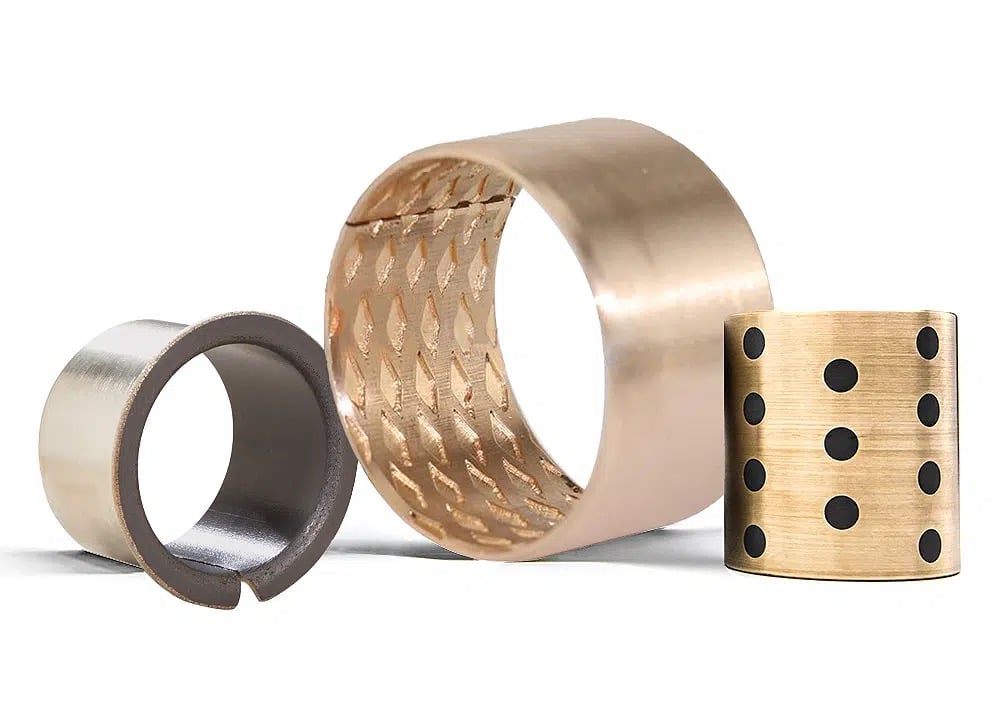
dry bearing bushing
24/7 emergency callout

Solutions For Every Industry
Searching for Dependable Bushing Solutions? viiplus Has What You Need.

Design Guides, Materials
Bushing design, Comprehensive design manuals covering a range of self-lubricating materials used in all of viiplus’s manufacturing processes.

Technical Guides
Manufacturing On Demand, Technical Guides For Machining Design. Discover the latest in metal alloys, materials, and design tips for manufacturing custom machined and self-lubricating bearing parts.

Get Instant Quote
To receive your instant quote, simply upload your drawing file and choose your production process & bushing material.

Prototyping, Place Order
After you place your order, we will start the production process. You will receive updates when your order has completed production and is ready to be dispatched.

Receive Your custom Parts
We provide precision-inspected high-quality parts, packing lists and documents, and delivery tracking.

